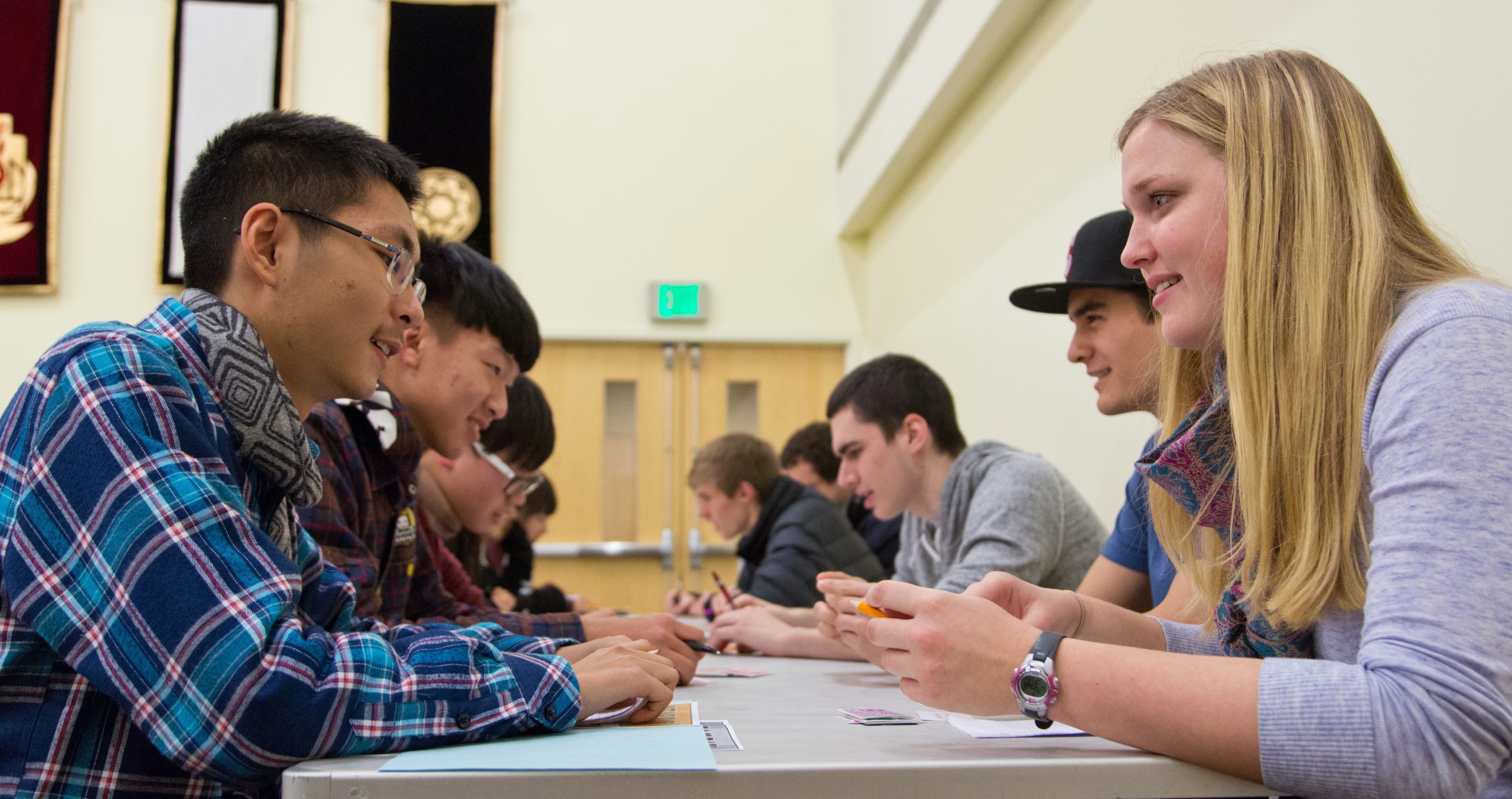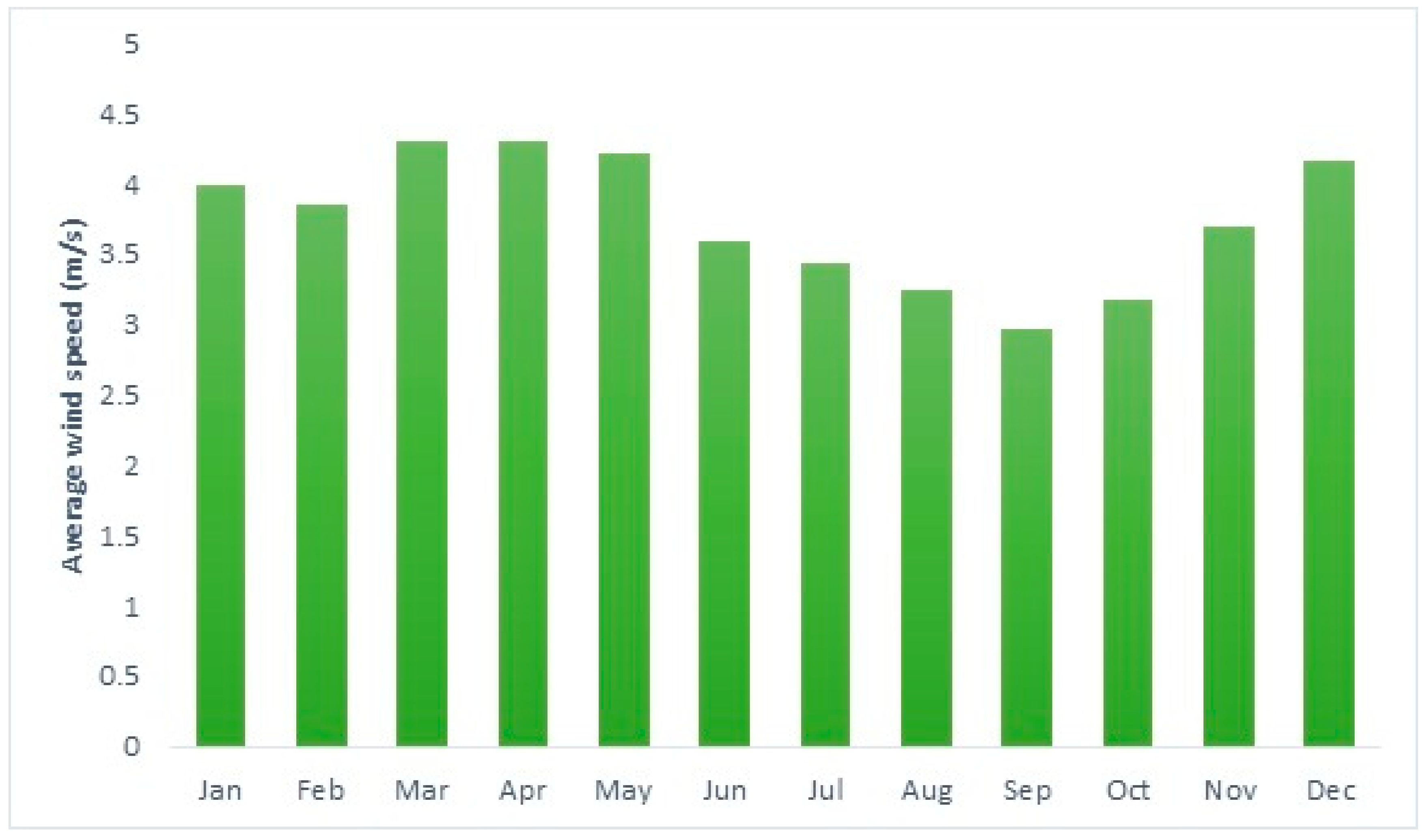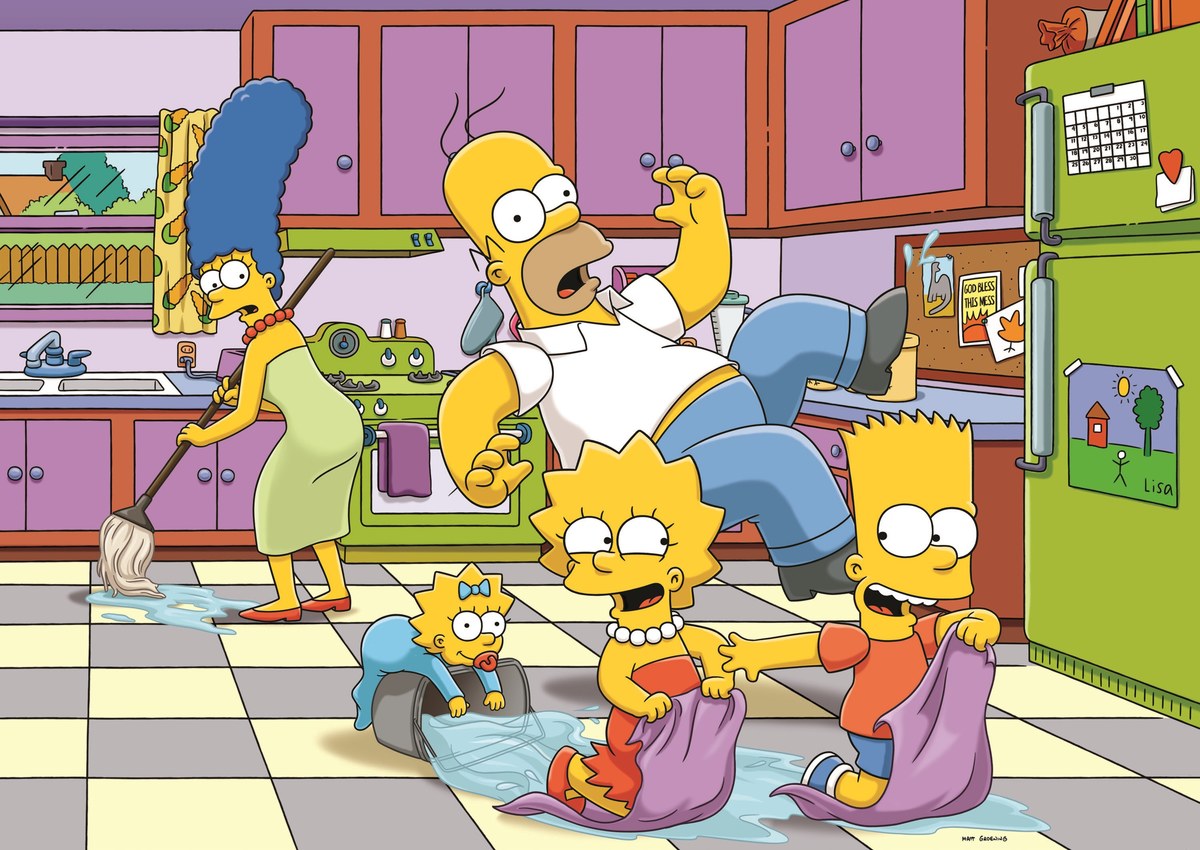The speed-dating format is designed to help students spot comparisons and contrasts between different ideas, answers or categories of information. By enabling students to consider or research one area in depth, and then exchange their knowledge against the clock with classmates, it is an efficient means of sharing ideas and knowledge. Speed dating is a student-centered lesson that accomplishes every teacher's dream: It engages every single student at the exact same time. I know this is a rare feat, especially in the secondary setting, but I am not exaggerating. Speed dating is the real deal. Student Speed Dating can be adapted to any course. Students speak to each other in pairs for a prescribed period of time. The purpose is to break down bar.
Homer Student Speed Dating App
Speed dating is a student-centered lesson that accomplishes every teacher's dream: It engages every single student at the exact same time. I know this is a rare feat, especially in the secondary setting, but I am not exaggerating. Speed dating is the real deal. It tricks students into learning and will make your teacher heart warm and fuzzy inside. The best part is that this lesson model is so versatile that you can find a creative way to use it for just about anything!


WHAT IS SPEED DATING?
Homer Student Speed Dating Websites
Speed dating is actually pretty simple, but that's what makes it so powerful! While it looks different depending on the lesson, it's a discussion strategy in which students have mini 'speed' discussions with peers. Each round, students rotate to a different peer and discuss a different topic on their discussion 'dates.' It's engaging because it's student-centered, kinesthetic, interactive, and attention-span friendly.
When you facilitate a speed dating lesson, you will witness shy or reluctant students coming alive, struggling students gaining confidence, and 'too cool for school' students having fun! In other words, you'll be able to walk around the room and watch the magic happen (and maybe even join a date or two). Here are 6 ways to implement speed dating in your ELA classroom, just in time for Valentine's Day:
1. SPEED DEBATING

Speed dating involves quick rounds of impromptu debates to practice persuasion & rhetorical appeals/devices. I facilitate this lesson to help my students practice their rhetorical skills during our unit on persuasion. To do this, I use a variety of topics, ranging from silly to serious, so that the debates spark some friendly controversy. Speed debating is great way to incorporate a lot of practice to familiarize students with the strategies and structure of debate.
For more information on speed debating, check out my original blog post HERE or my print-ready lesson HERE.
2. SPEED DISCUSSION
Just like speed debating, this strategy involves mini discussions over essential questions. This helps students critically think, hear different perspectives, and articulate their ideas in a low-risk setting. It's a great way for ALL voices to be heard. I like to use speed discussion during thematic units, as a way to facilitate synthesis of different texts. This strategy is also a great way to expose students to different ideas and perspectives during the pre-writing phase of the writing process.
Homer Student Speed Dating Sites
To create your own speed discussion lesson, you can check out my editable template HERE. For a fun twist on typical icebreakers, you can find my get-to-know-you version of speed discussion HERE.
3. LITERARY ANALYSIS SPEED DATING
Literary analysis speed dating is a form of speed discussion in which students analyze a work of literature. This provides scaffolding and lots of repeated practice of essential ELA skills. If your whole-class discussions are flopping, then this is the perfect way to mix things up and increase engagement. To facilitate a literary analysis speed dating lesson, just find some open-ended questions. You can probably find some on your existing reading guides or worksheets. If not, simply use the standards to craft analysis questions about the author's choices, themes, character development, and more.
You can check out my editable literary analysis speed dating resource for any text HERE.
4. CHARACTER SPEED DATING
There are two different options for character speed dating, but both pair well with any work of literature:
Option 1: This option involves students getting into character! Students will engage in a discussion while playing the roles of different characters with cues, questions, etc. Students can guess who is who at the end of each date. This helps students better understand character interactions and development.
Option 2: Before reading a novel, students can 'speed date' the characters through excerpts, dialogue, or other elements & make inferences. This is an engaging and meaningful pre-reading activity that acquaints students with the characters and text!
5. SPEED PRESENTATIONS
Like the name suggests, this means mini-presentations in a one-on-one setting, an engaging and efficient alternative to whole-class presentations. This approach allows students to present in a low-risk way. Students can connect, discuss, and learn from each other during these presentations.
I like to facilitate speed presentations in journalism when students research a current or historical journalist and create a digital poster. During the presentations, I encourage students to 'sell' their journalists to their peers like it's a competition. Then, at the end, we vote on the best journalists, and those are the ones that I put on the final test. Students are incredibly engaged in what would otherwise be routine (and maybe even boring) presentations just because it's something different.

WHAT IS SPEED DATING?
Homer Student Speed Dating Websites
Speed dating is actually pretty simple, but that's what makes it so powerful! While it looks different depending on the lesson, it's a discussion strategy in which students have mini 'speed' discussions with peers. Each round, students rotate to a different peer and discuss a different topic on their discussion 'dates.' It's engaging because it's student-centered, kinesthetic, interactive, and attention-span friendly.
When you facilitate a speed dating lesson, you will witness shy or reluctant students coming alive, struggling students gaining confidence, and 'too cool for school' students having fun! In other words, you'll be able to walk around the room and watch the magic happen (and maybe even join a date or two). Here are 6 ways to implement speed dating in your ELA classroom, just in time for Valentine's Day:
1. SPEED DEBATING
Speed dating involves quick rounds of impromptu debates to practice persuasion & rhetorical appeals/devices. I facilitate this lesson to help my students practice their rhetorical skills during our unit on persuasion. To do this, I use a variety of topics, ranging from silly to serious, so that the debates spark some friendly controversy. Speed debating is great way to incorporate a lot of practice to familiarize students with the strategies and structure of debate.
For more information on speed debating, check out my original blog post HERE or my print-ready lesson HERE.
2. SPEED DISCUSSION
Just like speed debating, this strategy involves mini discussions over essential questions. This helps students critically think, hear different perspectives, and articulate their ideas in a low-risk setting. It's a great way for ALL voices to be heard. I like to use speed discussion during thematic units, as a way to facilitate synthesis of different texts. This strategy is also a great way to expose students to different ideas and perspectives during the pre-writing phase of the writing process.
Homer Student Speed Dating Sites
To create your own speed discussion lesson, you can check out my editable template HERE. For a fun twist on typical icebreakers, you can find my get-to-know-you version of speed discussion HERE.
3. LITERARY ANALYSIS SPEED DATING
Literary analysis speed dating is a form of speed discussion in which students analyze a work of literature. This provides scaffolding and lots of repeated practice of essential ELA skills. If your whole-class discussions are flopping, then this is the perfect way to mix things up and increase engagement. To facilitate a literary analysis speed dating lesson, just find some open-ended questions. You can probably find some on your existing reading guides or worksheets. If not, simply use the standards to craft analysis questions about the author's choices, themes, character development, and more.
You can check out my editable literary analysis speed dating resource for any text HERE.
4. CHARACTER SPEED DATING
There are two different options for character speed dating, but both pair well with any work of literature:
Option 1: This option involves students getting into character! Students will engage in a discussion while playing the roles of different characters with cues, questions, etc. Students can guess who is who at the end of each date. This helps students better understand character interactions and development.
Option 2: Before reading a novel, students can 'speed date' the characters through excerpts, dialogue, or other elements & make inferences. This is an engaging and meaningful pre-reading activity that acquaints students with the characters and text!
5. SPEED PRESENTATIONS
Like the name suggests, this means mini-presentations in a one-on-one setting, an engaging and efficient alternative to whole-class presentations. This approach allows students to present in a low-risk way. Students can connect, discuss, and learn from each other during these presentations.
I like to facilitate speed presentations in journalism when students research a current or historical journalist and create a digital poster. During the presentations, I encourage students to 'sell' their journalists to their peers like it's a competition. Then, at the end, we vote on the best journalists, and those are the ones that I put on the final test. Students are incredibly engaged in what would otherwise be routine (and maybe even boring) presentations just because it's something different.
This type of speed dating works well for any research project, but it's also a perfect option for sharing writing or independent reading (think speed book talks).
6. PEER FEEDBACK SPEED DATING
This type of speed dating is a method of peer review that breaks down the daunting task of peer editing into small, manageable chunks. Each rotation, students are paired up with a different peer and section of the essay, so that students are not reading through full drafts from their peers, but rather, small components of different essays. For example, the first round is the hook, the second is the thesis, the third is the first topic sentence, etc.
This approach allows students to focus and provide meaningful feedback for their peers. This scaffolded, structured method is much less intimidating, and it helps break up the monotony of peer editing. This speed dating lesson teaches students to think like writers and guides them through the revision process. The best part: You'll have less commenting to do on their drafts!
You can find my editable peer feedback speed dating resource HERE.
I hope these ideas helped you brainstorm a way to implement speed dating in your classroom! If you love the idea of speed dating and want even more engaging strategies, then check out this blog post: 20 Strategies to Try in 2020!
